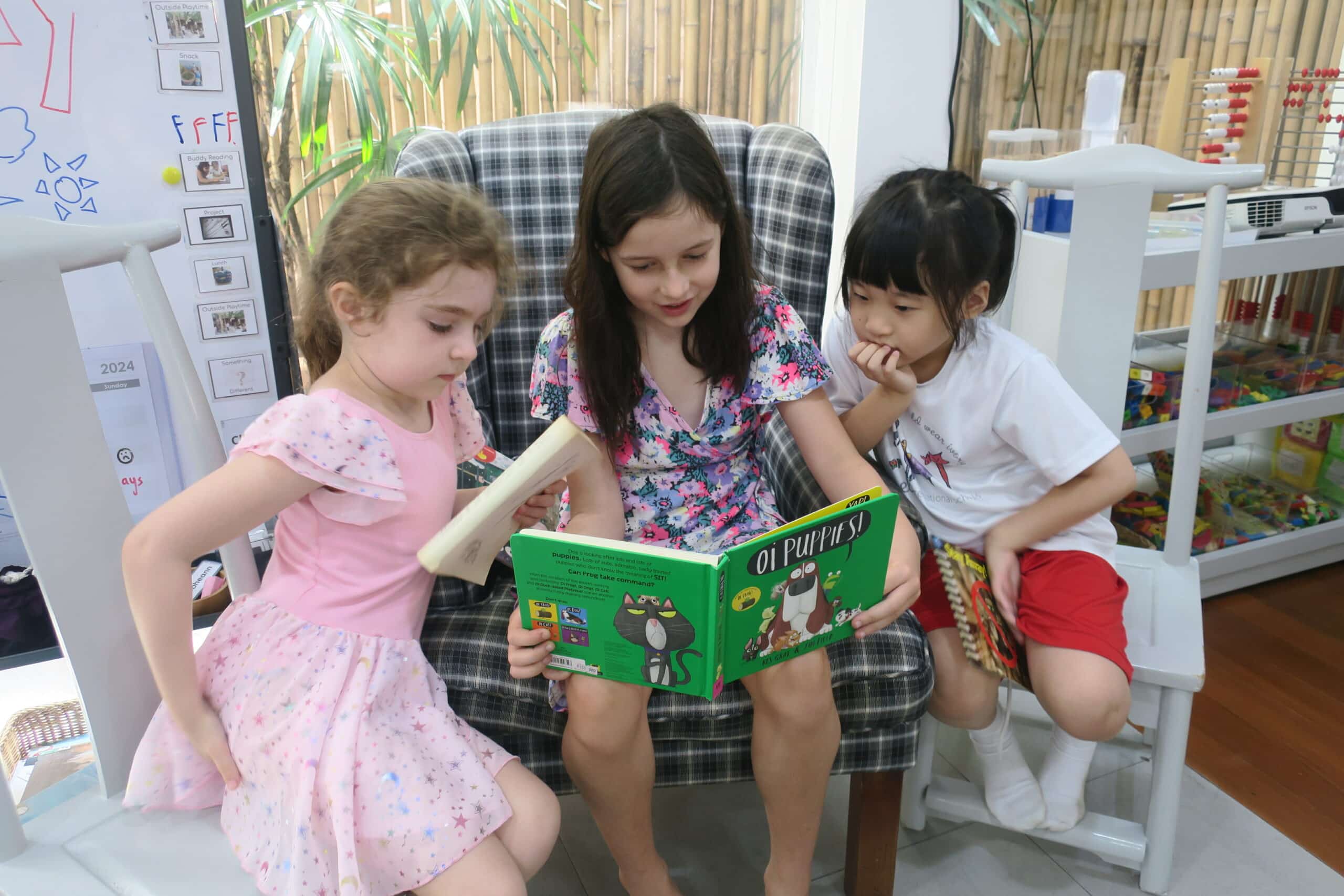‘Our task is to help children communicate with the world using all their potential, their strengths, and their languages.’ Loris Malaguzzi.
We recently welcomed kindergarten parents into The City School International Kindergarten in Bangkok to participate in our Expressive Languages learning mornings. At ELC, we invite children to explore the world through the ‘100 languages’. Children are offered many different types of materials – clay, wire, natural objects, paint, light, loose parts, water, digital cameras, and so on – to imagine, experience, experiment, and communicate.
“As children use their minds and hands to act on a material using gestures and tools and begin to acquire skills, experience, strategies, and rules, structures are developed that can be considered a sort of alphabet or grammar” (Giovanni Piazza).
Through their own manipulation and reflection, children learn to make choices by drawing on these different alphabets in order to generate and represent their ideas. The children were thrilled to have their families join them in the classrooms to engage in expressive explorations together and proudly share the skills they have acquired. Thanks to our kindergarten parents for nurturing such positive relationships with their children’s education and providing crucial student support for their unique learning journey in Bangkok.






